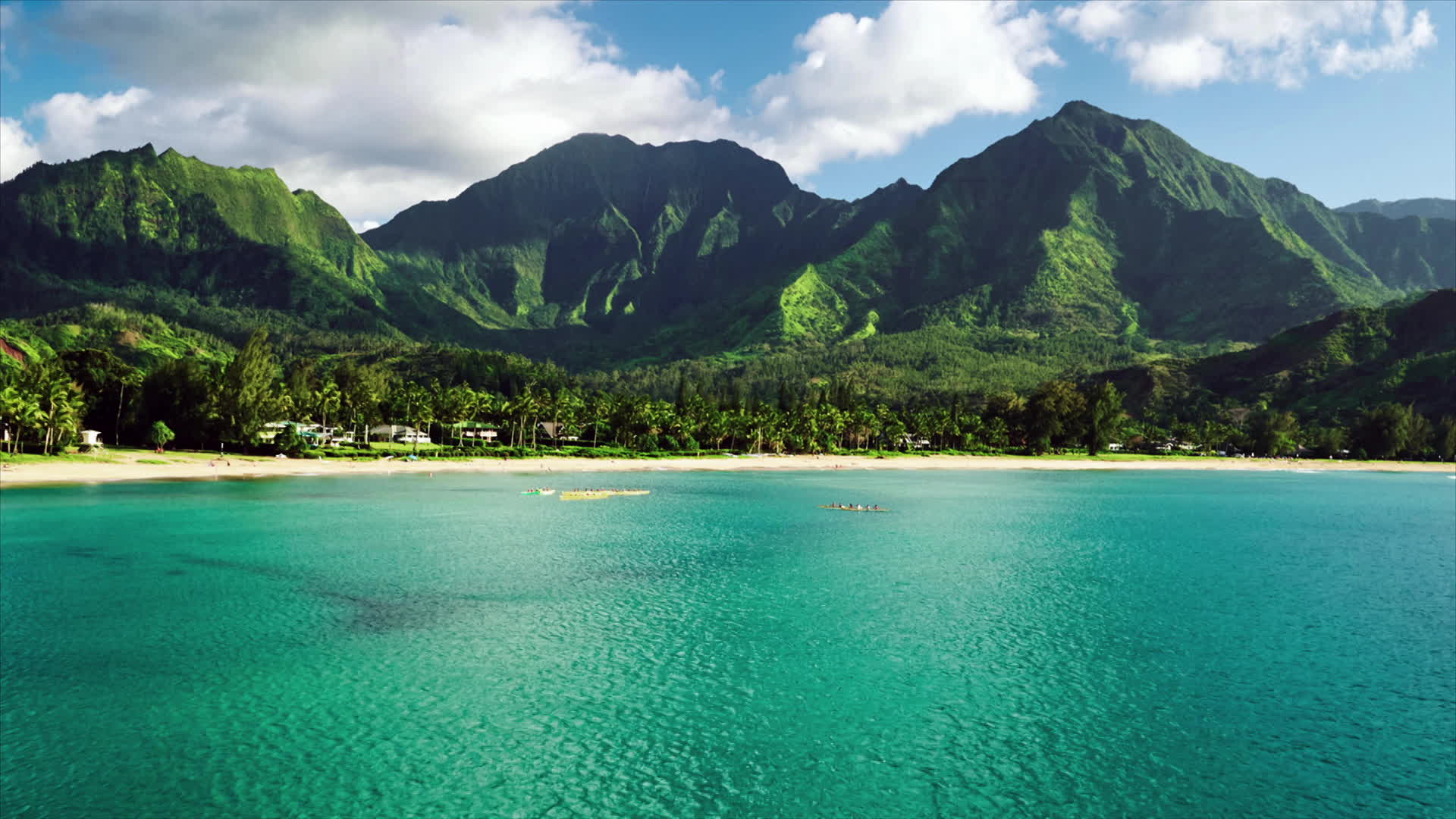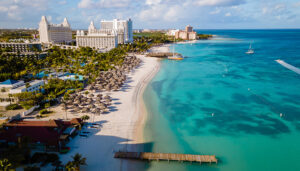The world is full of secrets and mysterious islands. From lost civilizations to uncharted jungles, hidden caves to forbidden relics, mystery still lingers in the corners of the Earth. Nowhere is this more evident than on the world’s most enigmatic islands—places that tease our curiosity and challenge our courage.
For the adventurous soul, these mysterious islands are more than travel destinations; they are doorways to the unknown, steeped in history, legend, and nature’s raw beauty. Below, we explore some of the most intriguing and lesser-known islands where stories linger like fog, and adventure is written into the soil itself.
1. Socotra Island, Yemen – Alien on Earth
Located in the Arabian Sea, Socotra is often called the “most alien-looking place on Earth.” Part of Yemen, this remote island is home to over 700 endemic species—plants and animals found nowhere else on the planet.
The most famous of these is the Dragon’s Blood Tree, whose red sap and umbrella-shaped crown give the island a surreal, almost otherworldly feel. With bizarre limestone caves, rare birds, and strange desert roses blooming from rock faces, Socotra feels like a scene from a science fiction novel.
Despite its isolation, Socotra is inhabited, and its people live in traditional ways that have barely changed in centuries. However, due to limited infrastructure and regional instability, traveling here is no easy feat—but for the intrepid traveler, that only adds to the allure.
Why go?
To experience life on what feels like another planet.
2. North Sentinel Island, India – Forbidden and Feared
Tucked away in the Andaman Islands of the Indian Ocean lies North Sentinel Island, home to one of the world’s last uncontacted tribes. The Sentinelese people have rejected all contact with the outside world, often violently, and the Indian government has declared the island strictly off-limits.
No one knows exactly how long the Sentinelese have lived there—some estimates suggest tens of thousands of years. Their language is unclassified, their culture undocumented, and their connection to the land fiercely protected.
Though modern technology could easily access the island, the mystery remains intact, guarded by the will of its inhabitants and international law. North Sentinel is less a place to visit and more a symbol of untouched humanity—wild, free, and determined to stay that way.
Why go?
You can’t—and that’s the point. But even viewing it from afar is an eerie experience.
3. Hashima Island, Japan – The Ghost of Industry
Just off the coast of Nagasaki, Japan, lies Hashima Island, also known as Gunkanjima or “Battleship Island” due to its ship-like silhouette. Once a booming coal mining facility, the island was home to over 5,000 people in its heyday. It housed towering concrete apartments, schools, a hospital, and shops—all crammed into a landmass smaller than New York’s Central Park.
Then came oil. As Japan’s energy needs shifted, the mines closed in 1974. The island was abandoned overnight, leaving behind a perfectly preserved ghost town—crumbling buildings, rusting playgrounds, and furniture still sitting where it was left.
The mystery lies in its haunted silence. Standing on Hashima today feels like stepping into a dystopian future. It’s no wonder the island was featured in films like Skyfall (James Bond) and Battle Royale II.
Why go?
To wander a real-life time capsule, frozen in concrete and memory.
4. Bouvet Island, South Atlantic Ocean – The Most Remote Island on Earth
For those truly drawn to the extreme edge of isolation, Bouvet Island might be the ultimate challenge. This Norwegian territory in the South Atlantic is widely regarded as the most remote island in the world, sitting over 1,600 km from the nearest landmass.
The island is a volcanic shield covered in glaciers, and 93% of it is ice. There are no ports, no settlements, and only a tiny research station that is rarely visited. What makes Bouvet even more mysterious is the discovery, in 1964, of an abandoned lifeboat with no sign of its occupants—sparking theories ranging from shipwreck to secret Cold War missions.
Because of harsh conditions and limited access, few have ever set foot on Bouvet, making it a dream for extreme adventurers and researchers.
Why go?
To stand where almost no one has and stare into the raw, icy silence of Earth’s edge.
5. Poveglia Island, Italy – The Island of No Return
Floating in the Venetian Lagoon, Poveglia Island carries a history darker than most. Used as a quarantine station during the plague, it’s believed that over 160,000 people died on the island. Later, it served as a mental asylum, where legends speak of inhumane treatments and a doctor who leapt from its bell tower.
Today, the island is abandoned, its buildings overtaken by nature, and its soil said to be mixed with human ash. Italian authorities have banned visitors, but that hasn’t stopped thrill-seekers, ghost hunters, and urban explorers from trying.
Why go?
If you dare, to confront one of Europe’s most haunted locations.
6. Easter Island, Chile – The Mystery of the Moai
Famous for its towering Moai statues, Easter Island (Rapa Nui) remains one of the greatest archaeological enigmas of our time. These colossal stone heads, carved centuries ago, number nearly 900, and no one is entirely certain how or why they were made or transported.
The island’s isolated location—over 2,000 miles from mainland Chile—adds to the mystery. The Rapa Nui people who built the Moai faced ecological collapse, and much of their history has been lost to time. Still, the island pulses with spiritual energy, and many visitors report a sense of awe and wonder that defies explanation.
Why go?
To witness firsthand the legacy of a lost civilization and explore questions science still can’t fully answer.
7. Tristan da Cunha, South Atlantic Ocean – Life on the World’s Loneliest Inhabited Island
Often called “the most remote inhabited island in the world,” Tristan da Cunha is a volcanic outcrop in the South Atlantic, with a population of about 250 people. There are no airports—access is by boat only, and the journey from South Africa can take six days.
Despite its isolation, the islanders maintain a self-sufficient lifestyle. They farm potatoes, fish for lobster, and live without many modern conveniences. The community is so tightly knit that everyone is part of one of just a few extended families.
Mysterious? Absolutely—especially in a world so digitally connected. Tristan da Cunha is a living reminder that true remoteness still exists, and that humans can thrive without the internet, fast food, or even a hospital.
Why go?
To experience life at humanity’s edge, where time moves slower and connection means something deeper.
8. Ilha da Queimada Grande, Brazil – The Island of Snakes
Nicknamed Snake Island, this infamous island off the coast of Brazil is home to thousands of deadly golden lancehead vipers, one of the most venomous snakes in the world. Some estimates say there is one snake for every square meter of land.
Because of the danger, the Brazilian Navy has banned public entry. Yet myths abound: treasure stories, ghost sailors, and ancient curses.
Though its natural beauty is undeniable—lush jungles and rocky cliffs overlooking turquoise seas—it’s also one of the most lethal environments you can imagine.
Why go?
You probably shouldn’t. But it stands as a chilling natural wonder where nature rules absolutely.
Final Thoughts: Why Seek Mystery?
In an era dominated by GPS, Google Earth, and endless social media updates, true mystery is rare. But these islands—some off-limits, others hard to reach—remind us that the world still hides secrets. For the adventurous at heart, mystery isn’t just about thrill or danger. It’s about curiosity. Wonder. The desire to stand in a place where the unknown still reigns.
Whether it’s the haunted hospitals of Poveglia, the ancient riddles of Easter Island, or the glacial silence of Bouvet, mysterious islands invite us to explore not only the Earth but ourselves.
Because every island has a story—and sometimes, that story changes the traveler forever.



